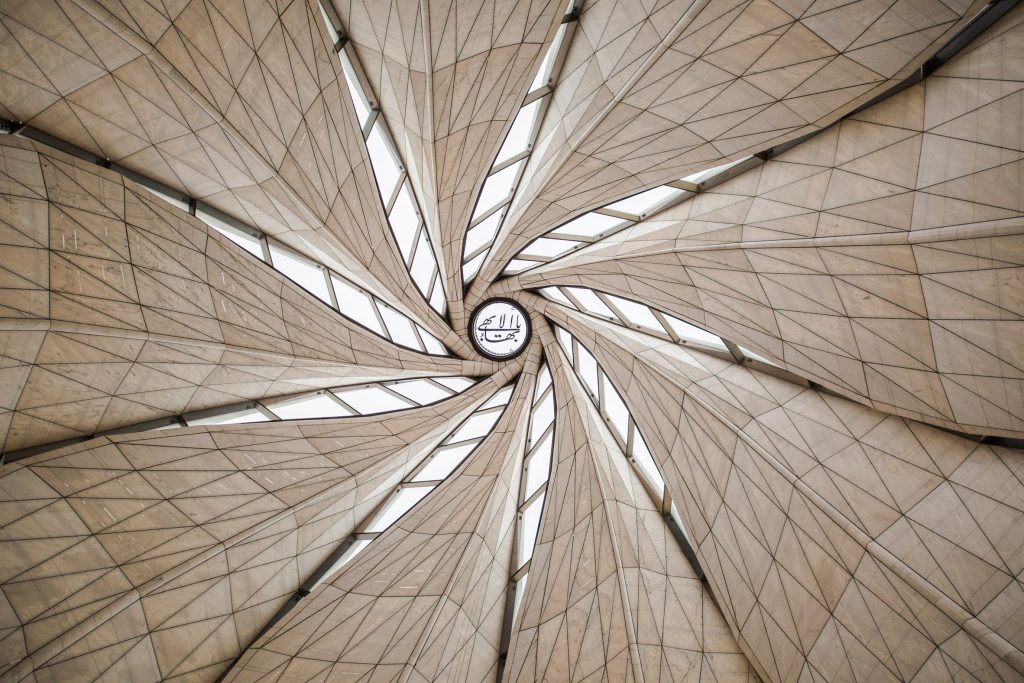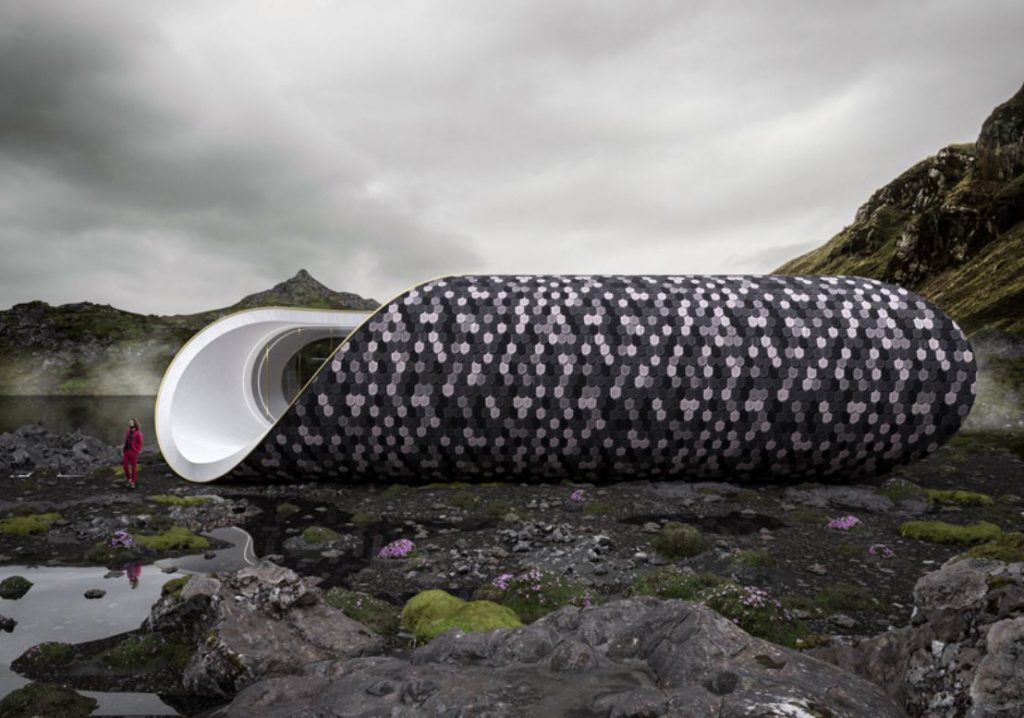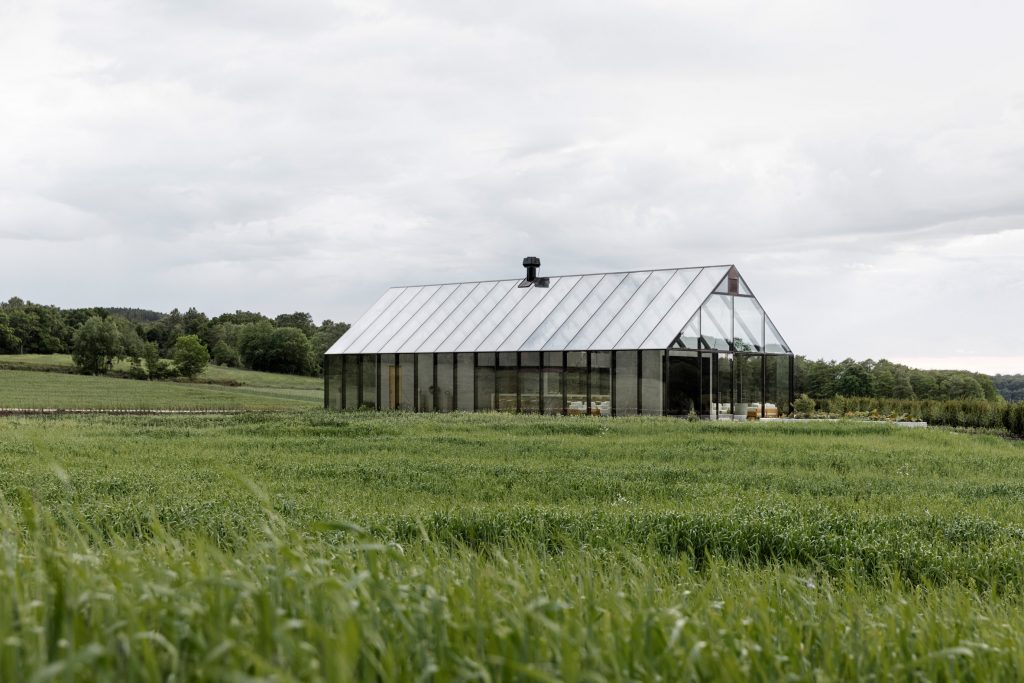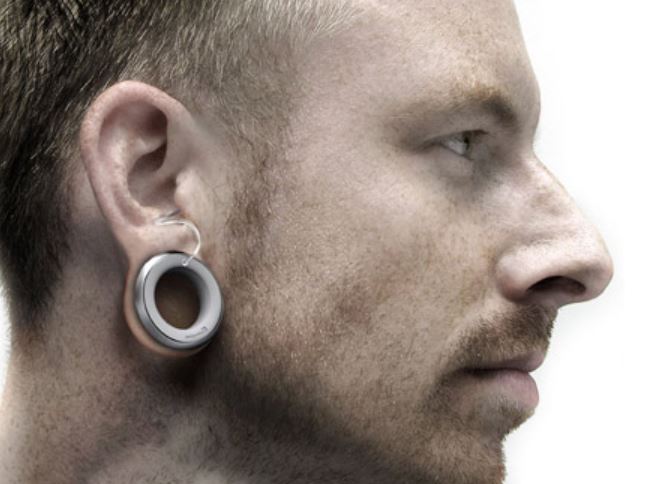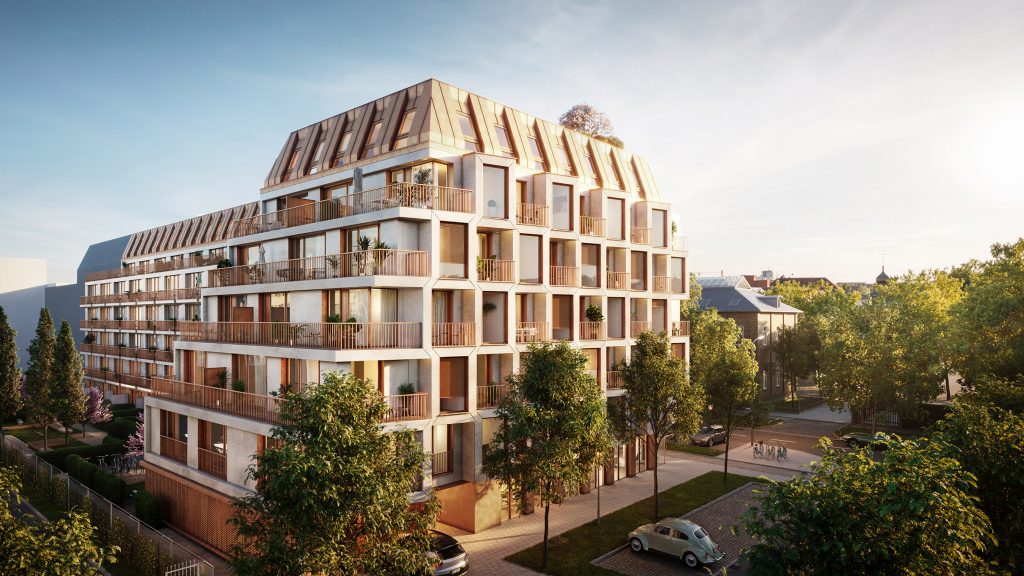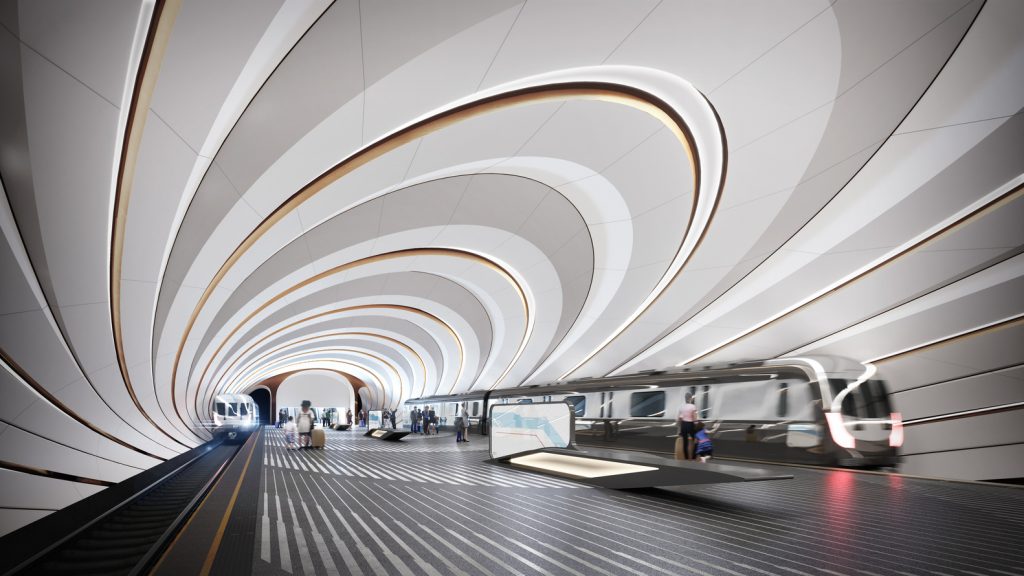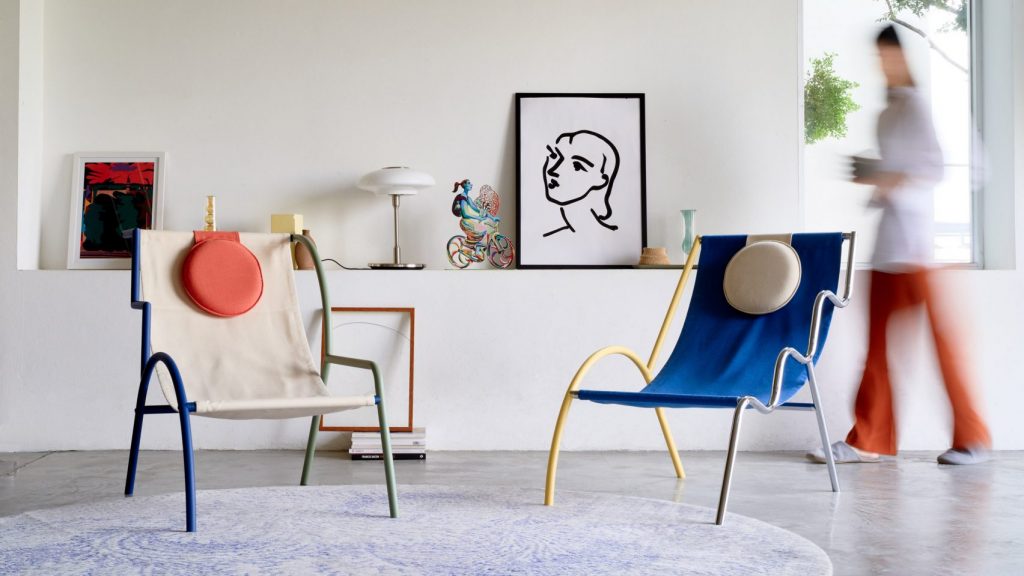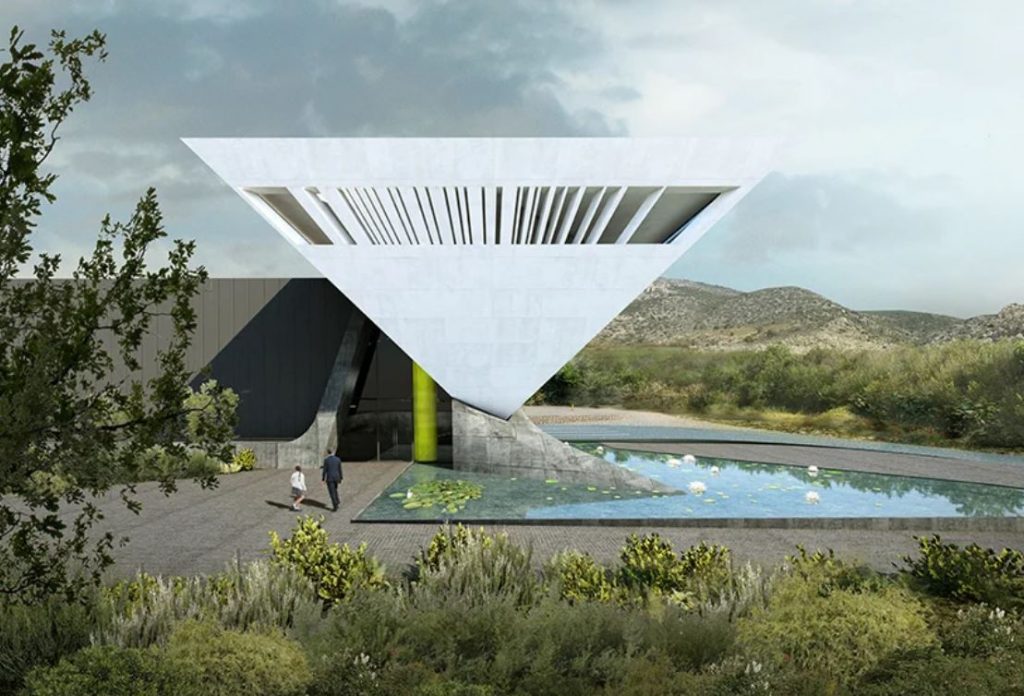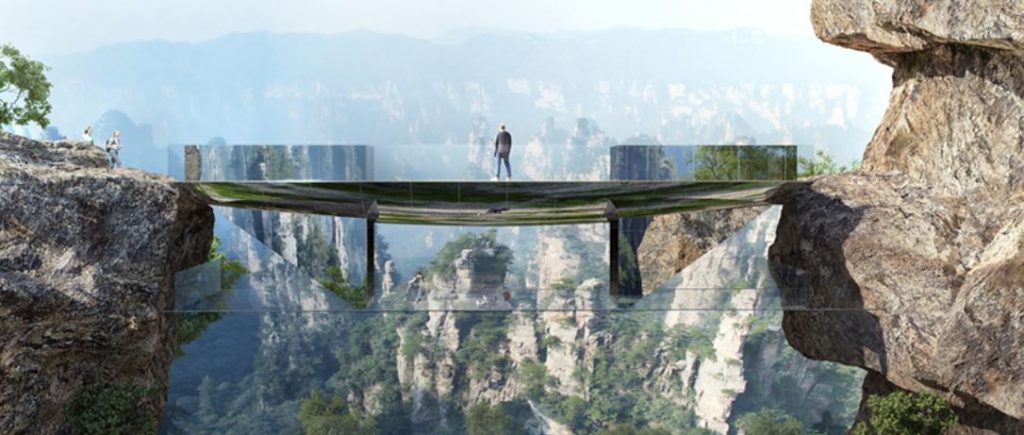The use of light can lead to very diverse feelings. In religious symbolism, light is strongly connected to our ability to see: sacred texts use the theme of blindness to describe those who are spiritually lost, or risk taking the wrong path in life. In church architecture, light is considered a transformer of space, and it has always been tried to give a more spiritual aspect to the interior space and create a dreamy – or even mystic – atmosphere.
